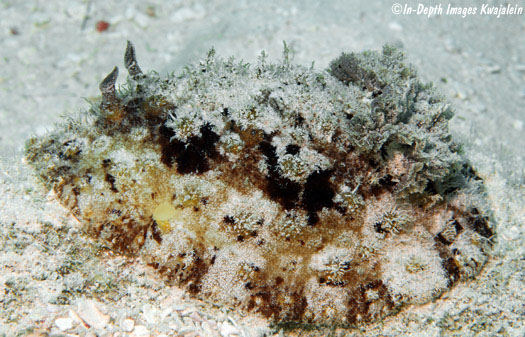
This large dorid is so far known at Kwajalein from only four specimens. The first was found at night crawling across Halimeda algae at a depth of 15m in a lagoon slope algae patch on 29 September 2007. The animal measured 110mm long and 56mm wide. The pictures show the body covered with soft tendrils, clusters of long ones extending from scattered mounds.

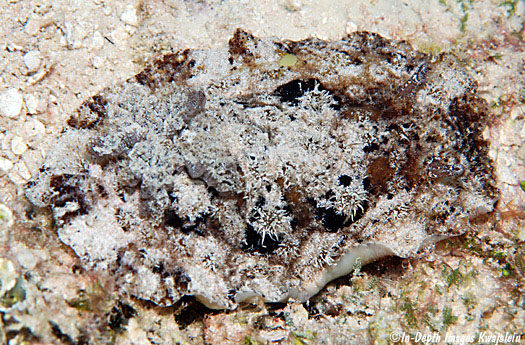
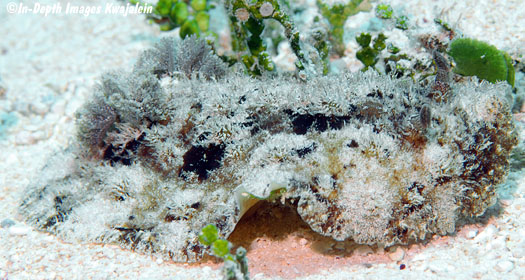
A closeup of the rhinophores also shows the numerous crowded tendrils on the dorsal surface.
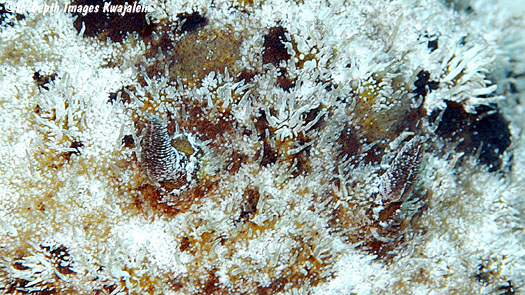
The gills of this animal are bushy and blend in well against the mottled body color.
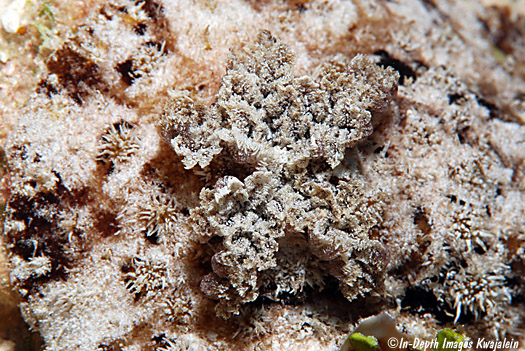
The photo below shows the underside of the animal, part of which is crowded with brown blotches.
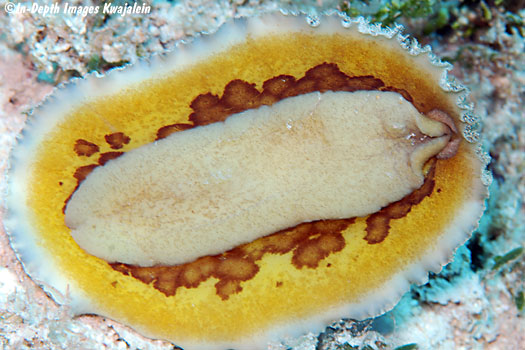
The second was found during the day in a nearby Halimeda patch on 30 January 2012. Its egg mass could be seen from a distance spread over the tops of some Halimeda plants. Searching through the algae in the vicinity revealed nothing, but the 100mm long nudibranch was finally found buried under a couple of centimeters of sand between the Halimeda plants directly beneath the eggs. It was noticed only later, while going through the photographs, that the Hopodoris had a hitchhiker. A small Gymnodoris was attached to the dorsum on the left side of the midline. During the photo session, the small Gymnodoris must have departed or fallen off, since the later photos just show a bare "bald spot" where the small nudibranch had been. Could it have been grazing on the larger slug? Most gymnodorids are known to eat other opisthobranch mollusks, but they usually swallow them whole. If the little beast was actually trying to consume the larger, it certainly set its sights pretty high!
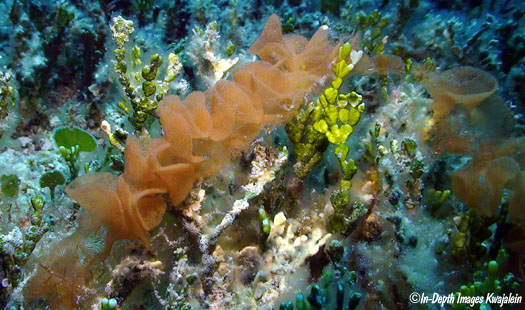
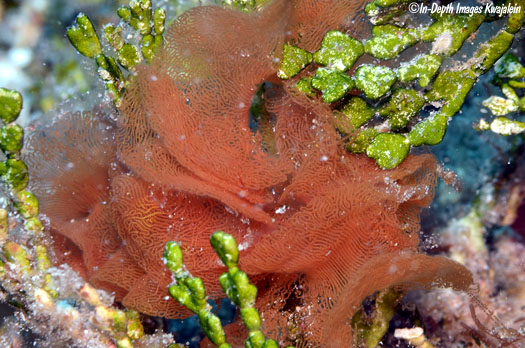
A closeup showing the interesting arrangement of the eggs within the ruffled mass.
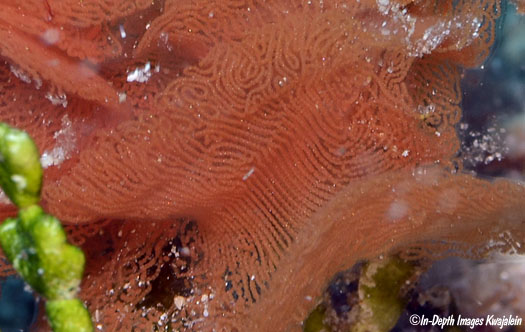
The hitchhiking gymnodorid is over on the right side of the photo, just a bit left of the gills.
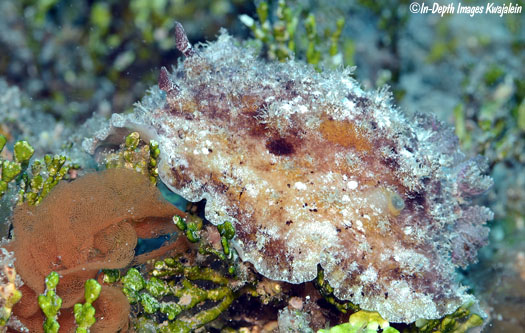
Here the nudibranch is turned a bit away, putting the little gymnodorid more in the center of the photo.
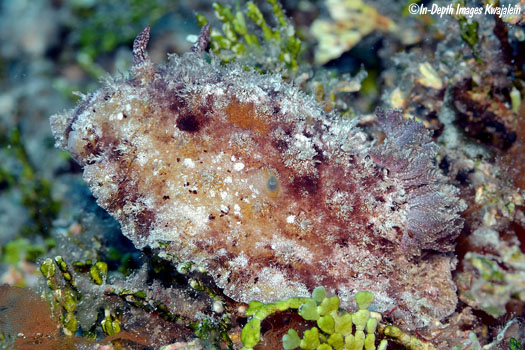
Zooming in on the photo above, the anterior end of the gymnodorid on the back of the Asteronotus is pointing downward.
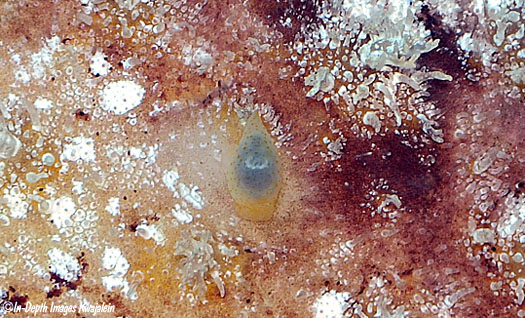
In later photos, the gymnodorid is missing, leaving a bare smooth patch.
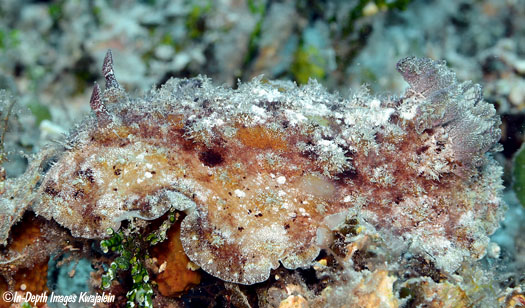
A closeup of the smooth patch left by the gymnodorid.
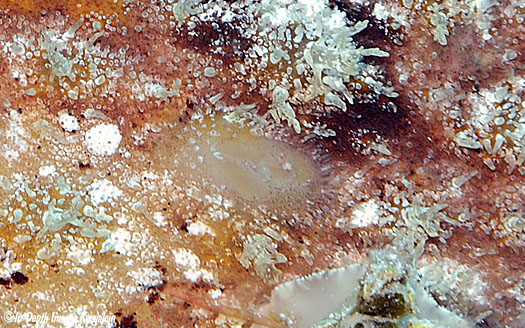
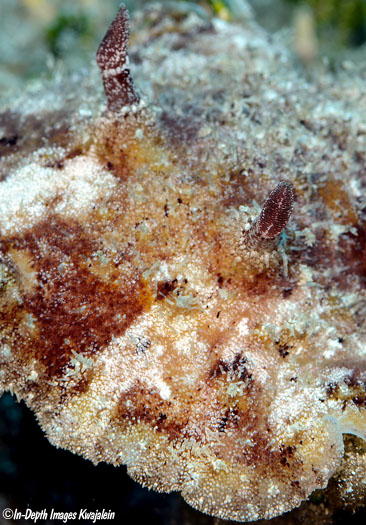
The next shots are captured from video.
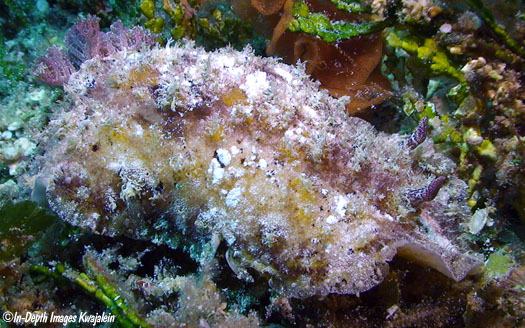
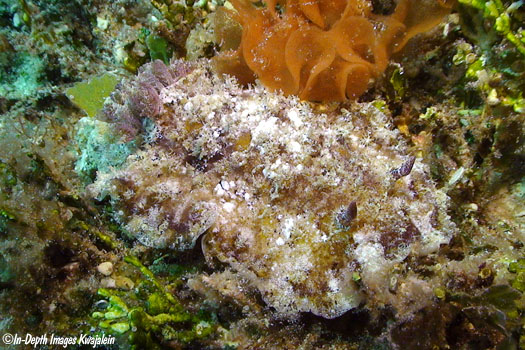
On 8 October 2012, two more specimens were found, first located by an egg mass on Halimeda plants in a lagoon algae patch. The animals were not at first seen but were eventually found buried in the sand beneath the egg mass, where they appeared to be engaged in mating. The first photo below, captured from video, shows them immediately after being dug out of the sand.
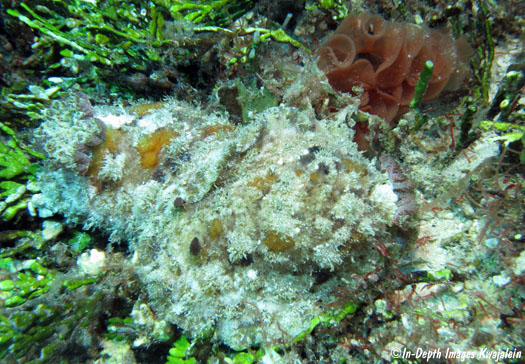
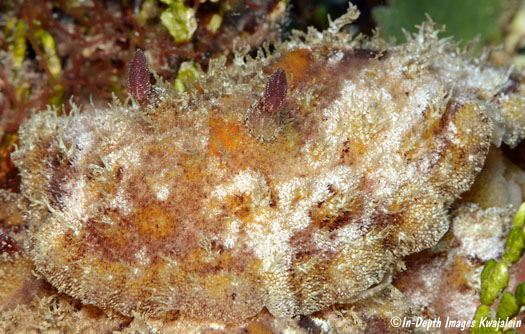
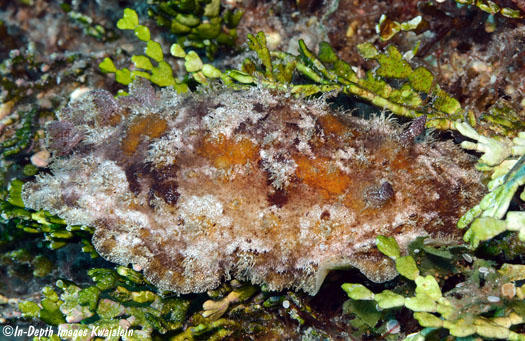
Created 24 November 2007
Updated 14 January 2022